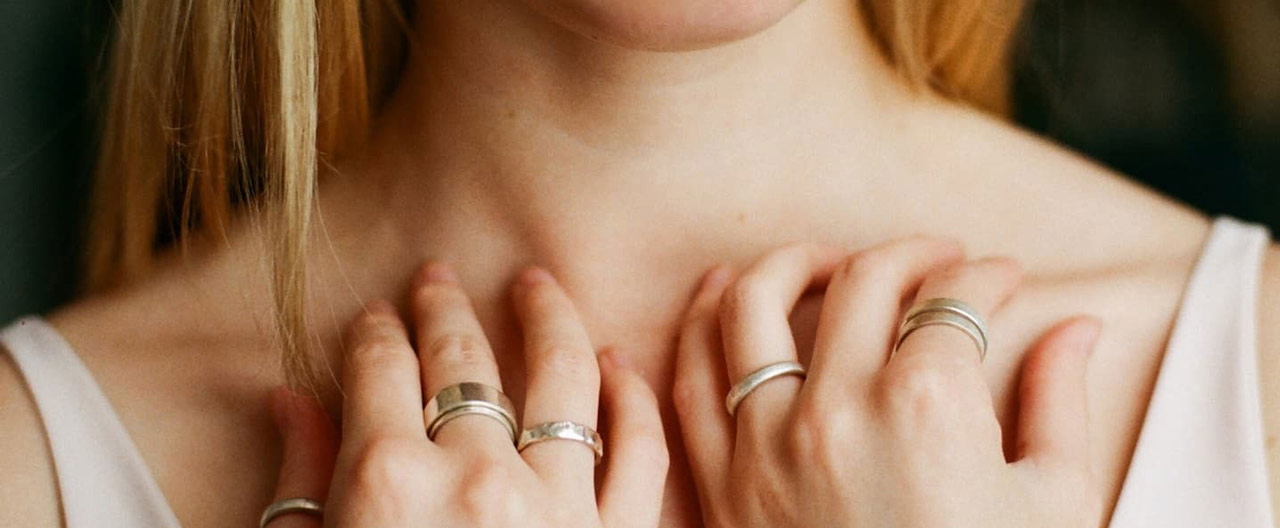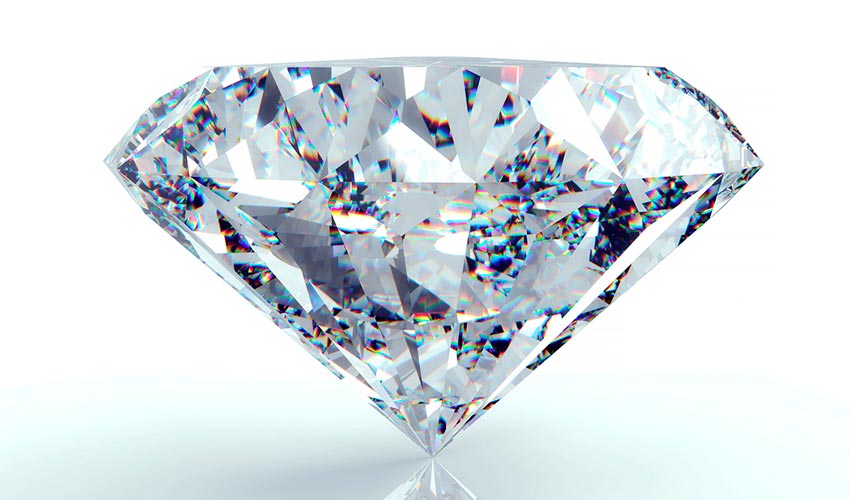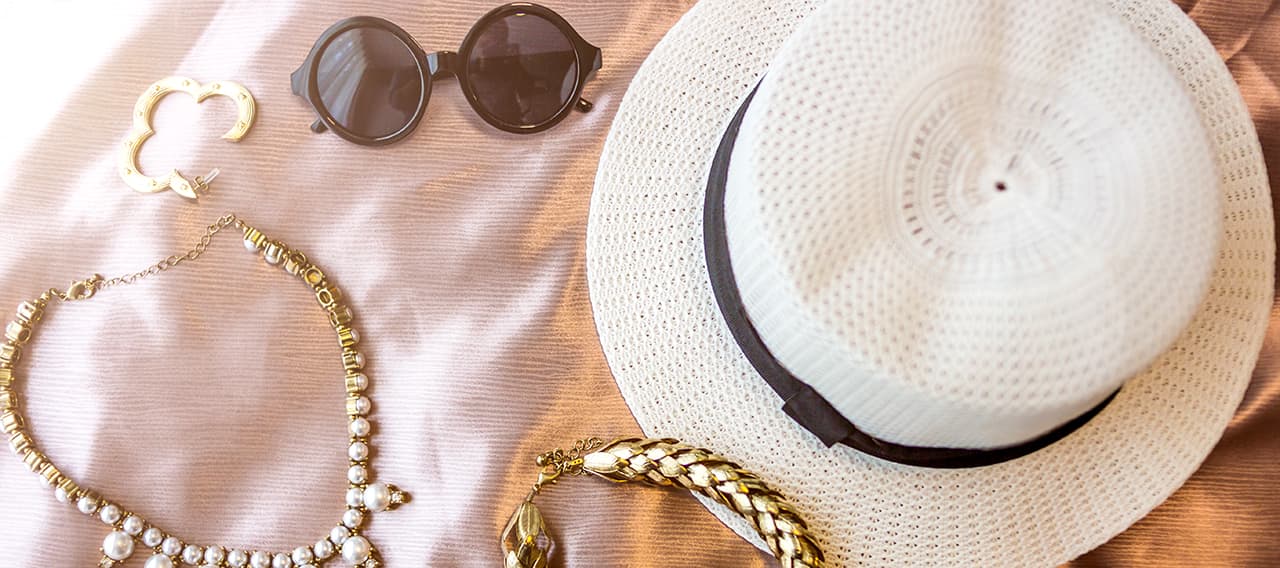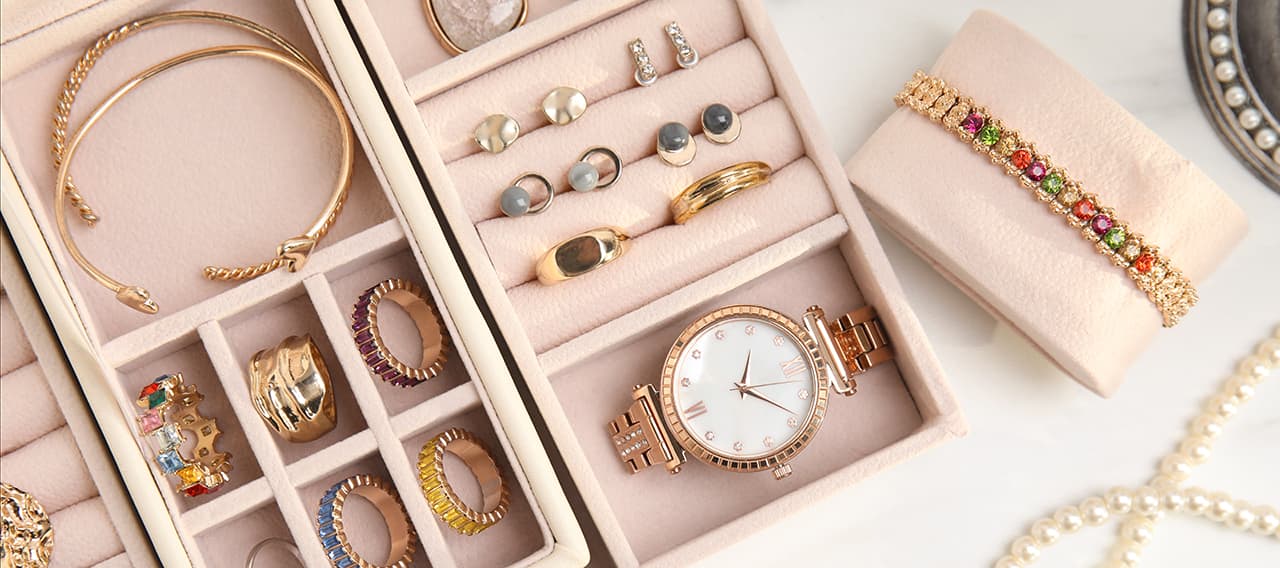- Individuals & Families
- Businesses
- Brokers

With winter on its way out, you may be ready for some spring cleaning.

Make sure you protect your classic cars from damage or additional wear and tear.

Keep your important papers and small valuables away from burglars, fire or natural disaster.

For over a hundred years, we’ve offered unparalleled stability and protection for small boats, yachts, luxury mega-yachts, and more.

Here are some things you can do to assist firefighters and minimize the damage to your home.

At their worst, disputes between professional service firms and their clients can lead to costly lawsuits.
You may not leave home with jewellery that is as elaborate or expensive as Elizabeth Taylor’s or Kim Kardashian’s. However, you can use their situations to understand why the right insurance needs to be in place when you travel.
Taylor’s 69-carat, pear-cut diamond
In 1969, actors Richard Burton and Elizabeth Taylor purchased a 69-carat, pear-cut diamond, and Taylor wore it briefly as a ring before having it reset as a necklace. It was originally owned by Harriet Annenberg Ames, who was said to have sold it because she felt as though she couldn’t wear it in public for fear of being robbed and because letting it sit in a bank vault was a waste. And while Taylor may not have been afraid to show off the diamond, due to the terms of Burton’s million-dollar (US) insurance policy, she could only wear it 30 days out of the year. The rest of the time it needed to stay in a secure bank vault, and when she did go out in public with it on, she must be accompanied by armed guards.
Kardashian’s 20-carat, emerald-cut diamond ring
While staying at a VIP apartment in Paris in 2016, Kim Kardashian was robbed and briefly held hostage at gunpoint. The perpetrator took an estimated $10 million US in jewels, including her diamond engagement ring, valued at $4 million US. While her insurance company paid out over $6 million US to compensate her for the loss, there is some controversy over whether or not she adhered to the terms of the policy – namely if enough security was in place.

The questions you need to ask about your jewellery insurance:
Like Taylor and Kardashian, you need to make sure that you have enough insurance and that you’re following the parameters in order to maintain full protection on the item. Here are a few questions to ask before you travel with your jewellery:
- Do you have valuables coverage? In most cases, your homeowners insurance policy will not cover the full loss of an expensive piece of jewellery. Look for a valuable articles policy that will not cap your coverage.
- Is the coverage worldwide? Not all policies offer coverage overseas. Look for one that allows you to travel with your jewellery.
- Is there a deductible? Some policies will provide coverage for most causes of loss – including “mysterious disappearance” – without a deductible.
- Does it include inflation protection? Look for a policy that will pay up to 150% of the amount of the policy to account for inflation.
- Does it include newly acquired pieces? If you plan to purchase additional pieces, you will want a policy that automatically covers your newly acquired jewellery, for up to 25% of your itemized limit, for 90 days if you already have jewellery coverage in place.
- Do you have an up-to-date appraisal? The more information you can provide to your insurance company, the better they can assist you if you lose or damage a piece of jewellery. Keep an up-to-date appraisal in a secured area, that includes the type of jewellery, what it’s made of, the gemstones used and how they are graded. Make sure the condition of the piece is included and check with your policy expert to keep pace with market fluctuations if you have a rare piece or large collection.
- Are you taking safety precautions? Regardless of the jewellery’s value or the specific terms of the policy, always adhere to these general safety rules:
- When travelling, keep your expensive items with you at all times or use the hotel vault to store them (not a room safe).
- Don’t pack jewellery in your checked luggage or wear it in less secure areas like the pool or beach.
- Consider investing in “travel jewellery” – Elizabeth Taylor had a replica of her renowned diamond made for $2,800 US, which was a fraction of the cost of the real thing, but probably made her trips more carefree.
Insights and expertise



This document is advisory in nature and is offered as a resource to be used together with your professional insurance advisors in maintaining a loss prevention program. It is an overview only, and is not intended as a substitute for consultation with your insurance broker, or for legal, engineering or other professional advice.
Chubb is the marketing name used to refer to subsidiaries of Chubb Limited providing insurance and related services. For a list of these subsidiaries, please visit our website at www.chubb.com. Insurance provided by Chubb Insurance Company of Canada or Chubb Life Insurance Company of Canada (collectively, “Chubb Canada”). All products may not be available in all provinces or territories. This communication contains product summaries only. Coverage is subject to the language of the policies as actually issued.

